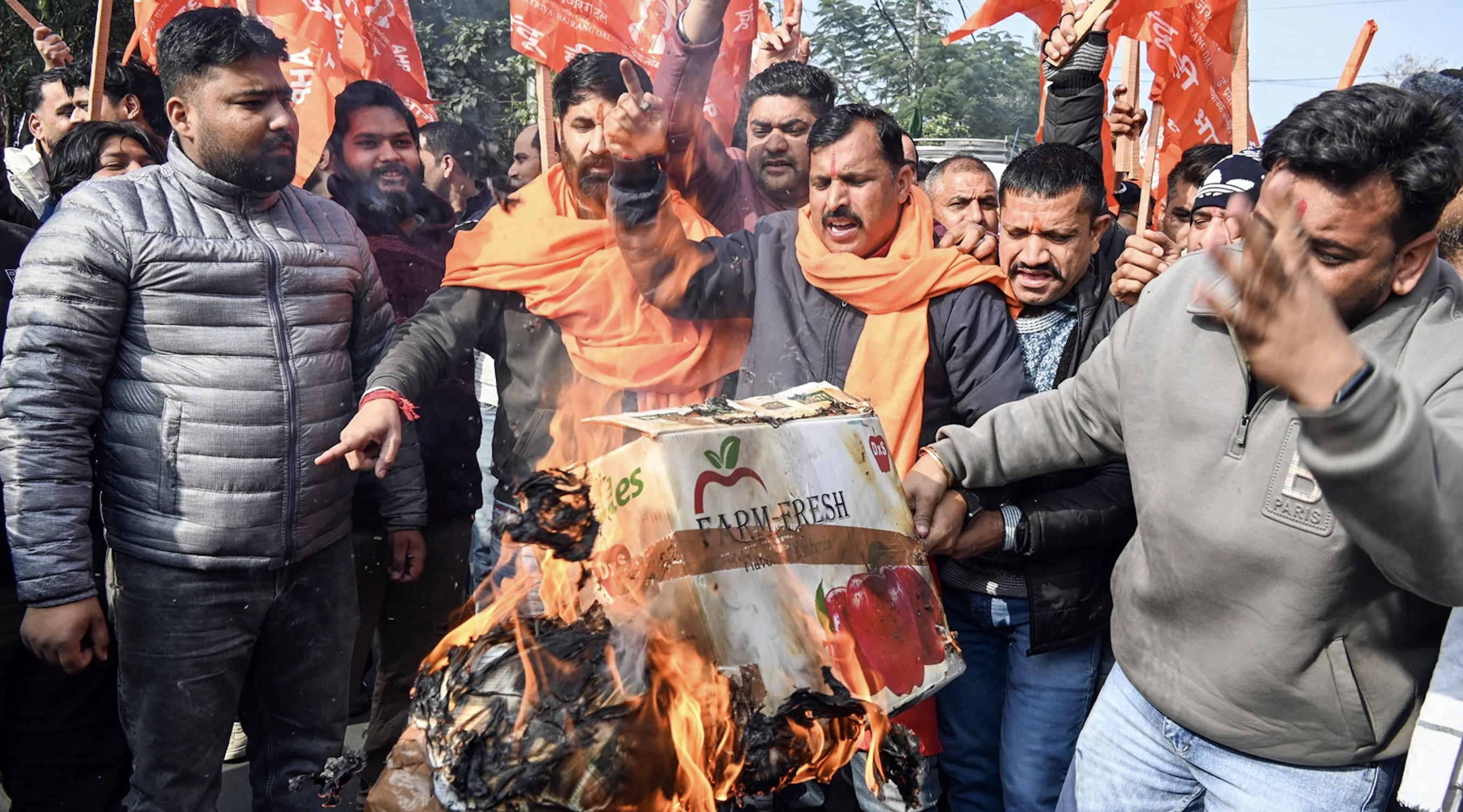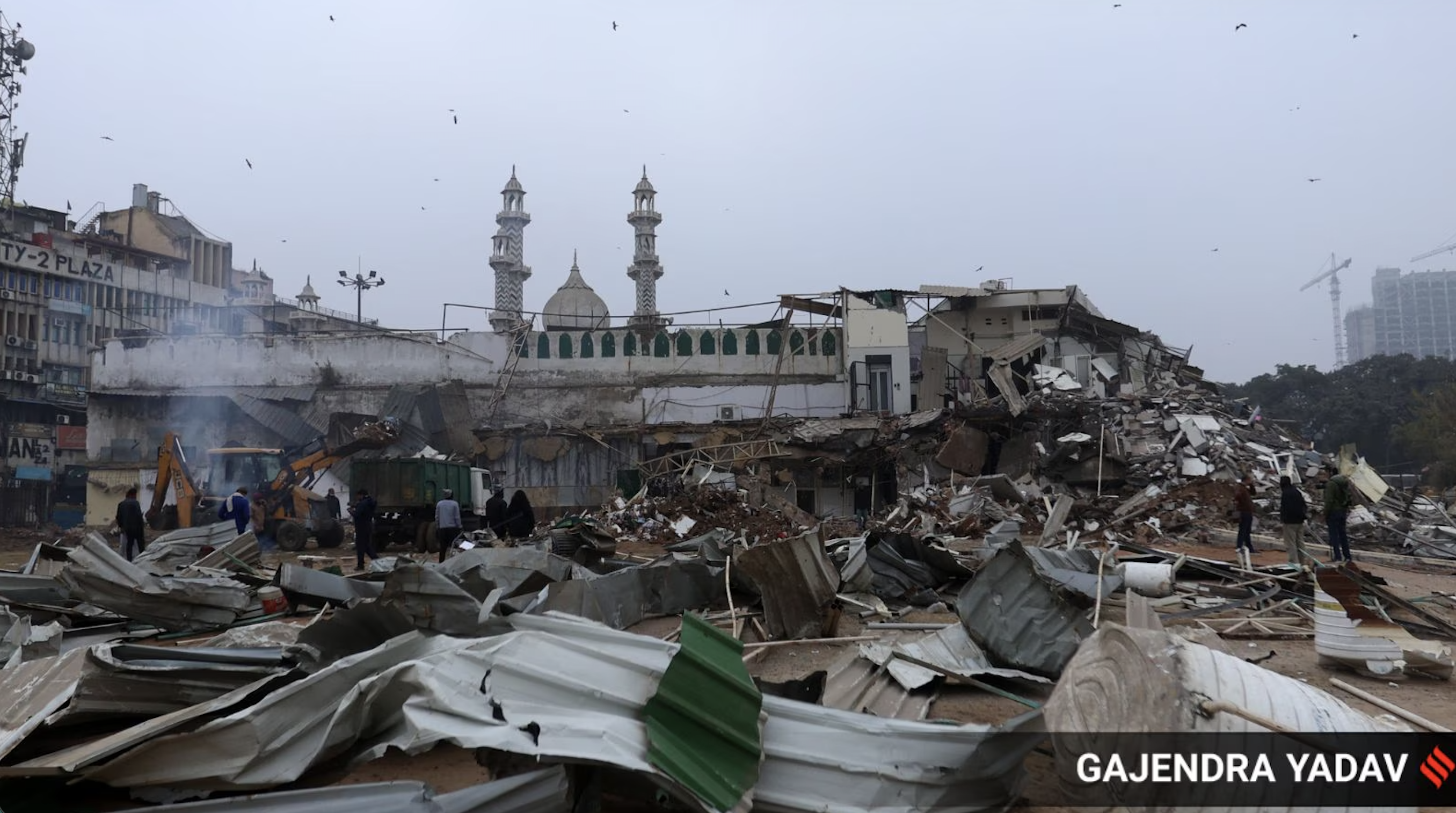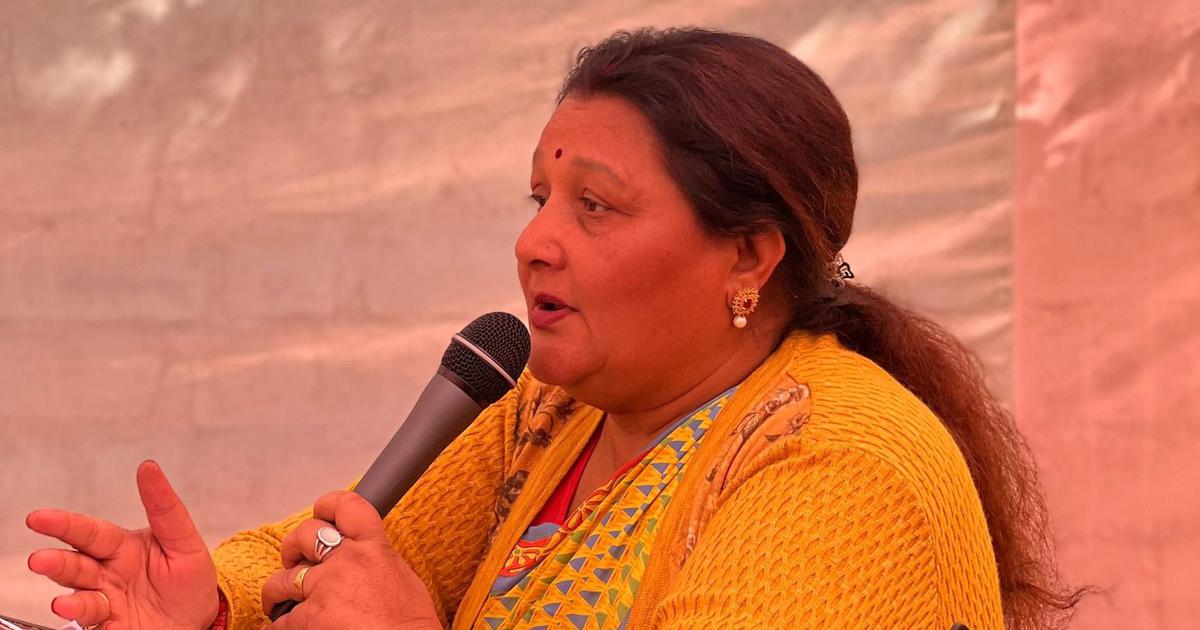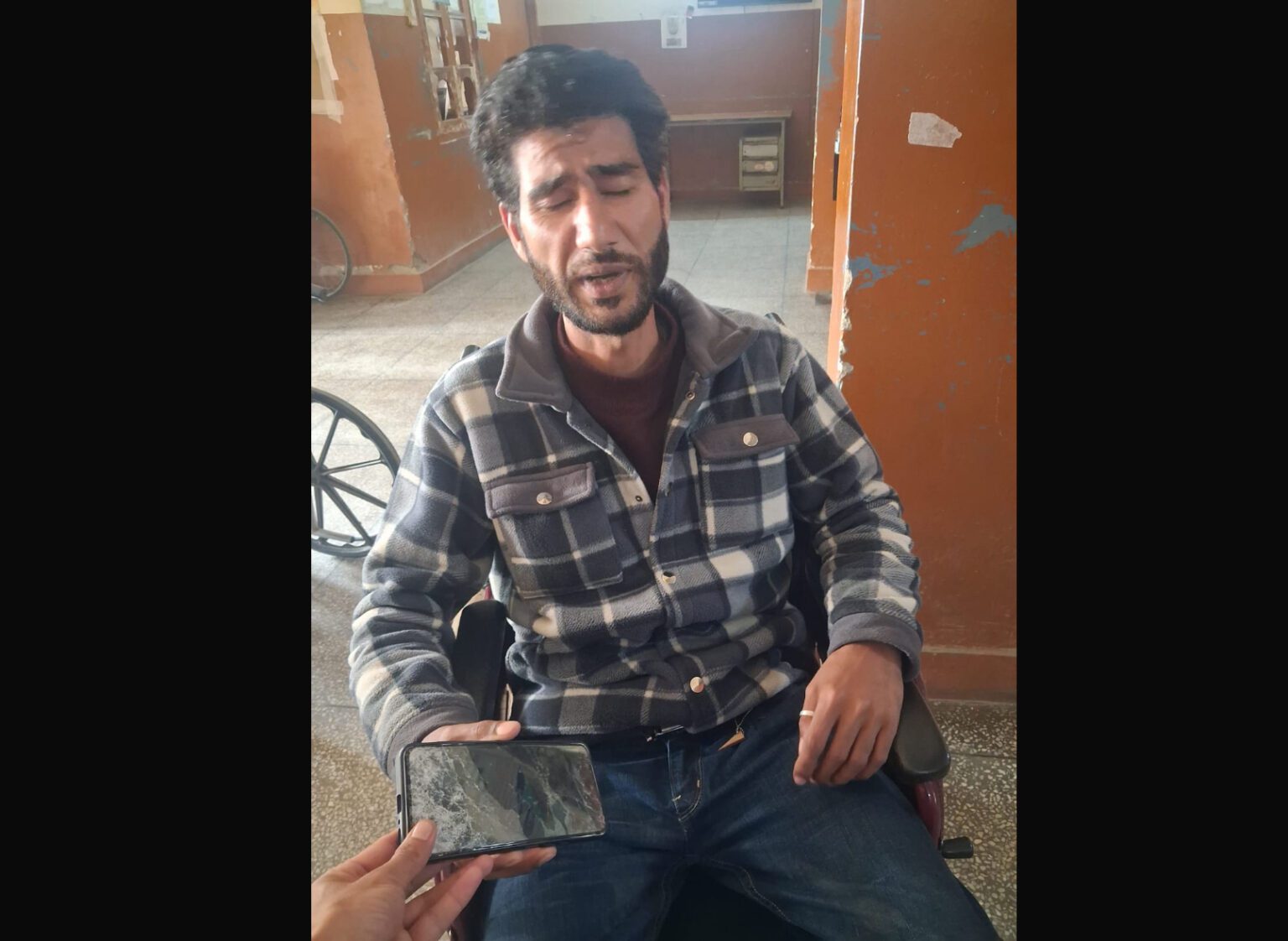
By VENKITESH RAMAKRISHNAN
Both Prime Minister Narendra Modi and Union Home Minister Amit Shah promptly remembered the “dark days of Emergency” on its 46th anniversary on June 25, 2021. Modi said on Twitter that the “dark days” between 1975 and 1977 “can never be forgotten” as the period had “witnessed a systematic destruction of India’s democratic institutions”. Amit Shah was more voluble in recounting the Emergency days, supplementing his tweets with an op-ed article in a leading newspaper that dwelled at length on the definition of democracy, the social and cultural dimensions of the system, the core characteristics of dictatorial mindsets and the transition of Indian democracy over the past four and a half decades.
However, neither of the leaders referred to the landmark June 12, 1975, verdict of the Allahabad High Court that triggered the imposition of the Emergency by Prime Minister Indira Gandhi. The verdict, delivered by Justice Jagmohanlal Sinha, held her guilty of electoral malpractices and debarred her from holding any elected post. The judgment was an incisive critique of her political manoeuvres. But Indira Gandhi, in turn, decided that the social and political impacts of the verdict could be overcome only through draconian measures.
Interestingly, even as Modi and Shah, as well as several other leaders of the ruling Bharatiya Janata Party (BJP), held forth on the Emergency days and the destruction of democratic systems during that period, the Delhi High Court reproached the current government for its own track record and democracy deficit in forceful, incisive terms.
Delhi HC reprimand
Granting bail to student activists Natasha Narwal, Devangana Kalita, and Asif Iqbal Tanha, who had been in detention for over a year, a High Court bench of Justices Siddharth Mridul and Anup Jairam Bhambhani observed on June 15 that in a bid to stifle dissent, the state had blurred the lines between the right to protest and terrorism. Castigating the actions of the government and the Delhi Police in unmistakable terms, it said: “It seems, that in its anxiety to suppress dissent, in the mind of the state, the line between the constitutionally guaranteed right to protest and terrorist activity seems to be getting somewhat blurred. If this mindset gains traction, it would be a sad day for democracy.”
The bench went on to add that “foisting extremely grave and serious penal provisions” such as the Unlawful Activities (Prevention) Act (UAPA) “frivolously upon people” was unacceptable, adding that “wanton use of serious penal provisions would only trivialise them”. The bench also said that the allegations against the accused did not prima facie disclose commission of any offence under Section 15 (terrorist act), Section 17 (punishment for raising funds for terrorist act) and Section 18 (punishment for conspiracy) of the UAPA. Therefore, the additional conditions, limitations and restrictions on grant of bail under Section 43 D (5) of the UAPA did not apply.
The three students were active in the protests against the Citizenship (Amendent) Act (CAA), which erupted across the country after December 2019, and were arrested in May 2020 for their alleged role in the north-east Delhi riots. They were later booked under the UAPA. (See separate stories on the case and the plight of the arrested activists.)
Between June 15, when the Delhi High Court gave this stinging order, and June 25, the day the Prime Minister and the Home Minister talked about the Emergency, developments in different parts of India, especially in States ruled by the BJP, underscored the prevalence of an undeclared Emergency in the Modi regime. The agencies of the government as well as political heavyweights in the BJP and associate organisations in the Rashtriya Swayamsewak Sangh-led (RSS) Sangh Parivar were targeting independent journalists, writers, social activists and opposition leaders even for their social media posts.
Barely a day after the Delhi High Court’s scathing order against the government, the Adityanath-led BJP government in Uttar Pradesh lodged a first information report (FIR) against a wide array of individuals, including journalists and leaders of the opposition, and the social media platform Twitter, invoking Indian Penal Code (IPC) Sections 153 (provocation for rioting), 153A (promoting enmity between different groups), 295A (acts intended to outrage religious feelings), 505 (mischief), 120B (criminal conspiracy) and 34 (common intention).
FIR against Twitter, journalists
The provocation for the filing of charges was a series of tweets in connection with the assault of an elderly man named Abdul Samad Saifi in Ghaziabad. Saifi had said that he was taken to an isolated spot by a group of people who beat him up and forced him to chant “Jai Shri Ram”.
The journalists and politicians tweeted this version, while the Ghaziabad Police claimed that the accused had beaten up Saifi because he had sold them a “tabeez” (amulet) that apparently did not work. The FIR filed by the Ghaziabad Police named Twitter and journalists Mohammed Zubair, Rana Ayyub, and Saba Naqvi, as well as Congress leaders Salman Nizami, Shama Mohamed and Maskoor Usmani. The online media portal The Wire was also named in the FIR.
Separately, the Ghaziabad Police also booked Ummed Pahalwan Idrisi, a local Samajwadi Party (S.P.) leader, in the case for appearing on a Facebook Live event with Saifi. Independent observers and journalists who had investigated the case told Frontline that the police version citing a non-functional amulet in support of their action appeared to be totally baseless.
Minister’s spat with Twitter
Even as the FIR was being filed, Ravi Shankar Prasad, Union Minister for Law and Justice, Electronics and Information Technology, cited the Ghaziabad Police’s action to warn Twitter that “if any foreign entity believes that they can portray itself as the flag bearer of free speech in India to excuse itself from complying with the laws of the land, such attempts are misplaced”.
Clearly, this was a continuation of the spat between Twitter India and the government, which had been going on for quite some time now. The Union government had repeatedly stated that the microblogging platform had deliberately chosen not to comply with new intermediary guidelines set by the Ministry of Electronics and Information Technology (IT) despite being given multiple opportunities.
At the core of the tussle is the social media platform’s failure to appoint executives in the roles of resident grievance officer, nodal officer and chief compliance officer as per the government’s new norms that were announced in the last week of May. Since the social media platform has not complied with them so far, the protection accorded to Twitter as a third party intermediary under Section 79 of the Information Technology Act would lapse, and the platform would be considered a “media publisher” and not an “intermediary” for all legal purposes.
According to Section 79 of the IT Act, any intermediary shall not be held legally or otherwise liable for any third party information, data, or communication link made available or hosted on its platform.
Ravi Shankar Prasad’s spat with Twitter continued at another, rather ludicrous, level on June 25 too, when the Minister was locked out of his official Twitter account over a tweet posted by him three and a half years ago.
A spokesperson for Twitter claimed that the action had come after the microblogging platform received a notice of violation of United States copyright law by the Minister’s account, but the Minister refused to accept this explanation. He posted a statement, first on the homegrown microblogging site Koo and later on Twitter, asserting that the social media platform’s action was “in gross violation of Rule 4(8) of the Information Technology (Intermediary Guidelines and Digital Media Ethics Code) Rules 2021”, as it had failed to provide “any prior notice” before denying him access to his own account.
He added: “It is apparent that my statements calling out the high-handedness and arbitrary actions of Twitter, particularly sharing the clips of my interviews to TV channels and its powerful impact, have clearly ruffled its feathers….Further, it is now apparent as to why Twitter is refusing to comply with the Intermediary Guidelines because if Twitter does comply, it would be unable to arbitrarily deny access to an individual’s account which does not suit their agenda….Twitter’s actions indicate that they are not the harbinger of free speech that they claim to be but are only interested in running their own agenda, with the threat that if you do not toe the line they draw, they will arbitrarily remove you from their platform.”
Notwithstanding the merits of the debate on the government’s new norms and Twitter’s record in complying with it, the fact remains that the Modi Ministry as well as the BJP and its associates in the Sangh Parivar are selectively targeting posts and people on social media to further their political and ideological agendas.
Harassment of Vineet Narain
Yet another case in point is the experience of Vineet Narain, a veteran journalist and anti-corruption activist. The Bijnor district Police in Uttar Pradesh filed an FIR against him on the basis of the journalist’s Facebook post on Champat Rai, a senior leader of the Viswa Hindu Parishad (VHP) and general secretary of the Ram Janmabhoomi Teerth Kshetra Trust, which has been set up by the government to construct the Ram temple in Ayodhya.
Narain had raised certain pointed allegations against Rai, including one that said the VHP leader was involved in a land grab case. He alleged that some persons had usurped a cowshed belonging to a woman named Alka Lahoti and that Champat Rai had assisted them in this. The police dismissed these allegations as baseless and booked Narain, his aide Rajneesh and Alka Lahoti under 14 sections of the IPC and two sections of the IT Act.
As a journalist and social activist, Narain is known for several exposes of corruption. The biggest among these was the hawala scam of the early 1990s, in which several politicians, including BJP leaders, and bureaucrats were charge sheeted. It was on the basis of his public interest litigation (PIL) petition that the investigations were conducted in the case. Evidently, this distinguished past record did not come to Narain’s aid while facing the Uttar Pradesh Police and taking on the VHP leader, who is known to be very close to Chief Minister Adityanath.
Reports from other States such as Assam, Bihar, Gujarat, and Goa, ruled by the BJP either as a single party or in alliance with partners in the National Democratic Alliance (NDA), also point to the targeting of social and political activists as well as journalists and writers who raise questions on diverse issues such as governance foibles, especially in terms of management of the COVID pandemic, gross violations of human rights by the security system and the rampant acts of religious intolerance and discrimination by the BJP and its Sangh Parivar associates. The atmosphere created by all these developments across many States is indeed foreboding.
‘Nationalism vs sedition’
At the larger political level, these disconcerting developments also underscore the steady advancement of Hindutva at the social level and the concomitant political plank of one-party domination across the country.
The theme of ‘nationalism versus sedition’ was conceptualised in the latter months of 2015 as an all-encompassing political tool to work towards these social and political goals. Over the last six years, there have been several Hindutva- oriented Sangh Parivar outputs based on this theme. These include the ‘sedition’ controversy involving student leaders belonging to the Left at the Jawaharlal Nehru University (JNU), the unbridled aggression of security forces in Chattisgarh in the name of operations against Leftwing extremism, and the violent campaigns on love jihad and cow protection in several States.
According to internal assessments of the Sangh Parivar, the “nationalism versus sedition” project gained momentum with the raids by the Pune Police in multiple cities in August 2018 under the pretext of investigating the December 31, 2017, Elgaar Parishad at Bhima Koregaon, which led to the arrest of several activists who were branded “urban naxals”. (The BJP was running the government in Maharashtra.) The activists arrested in this connection included Sudha Bharadwaj in Faridabad, Varavara Rao in Hyderabad, Gautam Navlakha in New Delhi, and Vernon Gonsalves and Arun Ferreira in Mumbai.
Immediately after the arrests, a petition was filed in the Supreme Court by the historian Romila Thapar, economists Prabhat Patnaik and Devaki Jain, the sociologist Satish Deshpande and the human rights activist Maja Daruwala against the instant transfer of these activists to Pune. A three-member bench of the Supreme Court consisting of Chief Justice Dipak Misra, Justice D.Y. Chandrachud, and Justice A.M. Khanwilkar, prevented this transfer to Pune and directed the police to place the activists under house arrest, for the time being.
Giving this direction, the apex court also observed that those arrested were prominent rights activists, professors and lawyers. One of the most striking observations from the court during the hearing was from Justice Chandrachud, who pointed out that “dissent is the safety valve of democracy” and “if dissent is not allowed, then the pressure cooker may burst”. That was clearly one of the early critical pointers from the judiciary on the functioning of the Modi government.
However, after the BJP-led NDA won another term in 2019 with a bigger majority than what it had in the previous general election, repressive campaigns and manoeuvres centring around the ‘nationalism versus sedition’ theme have become more widespread and intense; for instance, the oppressive measures unleashed against anti-CAA activists in 2020.
In the midst of this vicious social and political offensive, the judiciary intervened to issue stronger warnings than it did in 2018, but given the experience of the past three years, including the days after the June 15 order of the Delhi High Court, it would be naive to expect that this would have a salutary effect on the Modi regime and its Sangh Parivar associates. Despite such a dispiriting prognosis, the fact remains that the judiciary’s growing open critique of the regime’s democracy deficit highlights the gravity of the situation.
Several observers, including political scientists such as Prof. Ajay Gudavarthy, have pointed to the looming possibility of a formal Emergency and of people’s resistance to it. This rings true in a context where the rulers resort to draconian laws to suppress dissent.
Writing in the online portal Leaflet, Prof. Gudavarthy observed that “Emergency also reminds us how the robust common sense of a semi-literate population prevailed over the empty rhetoric of the ruling elite” and how “the will to protest overshadowed the conspiracy to intimidate and eliminate those opposed to the regime”.
This story was first appeared on frontline.thehindu.com






